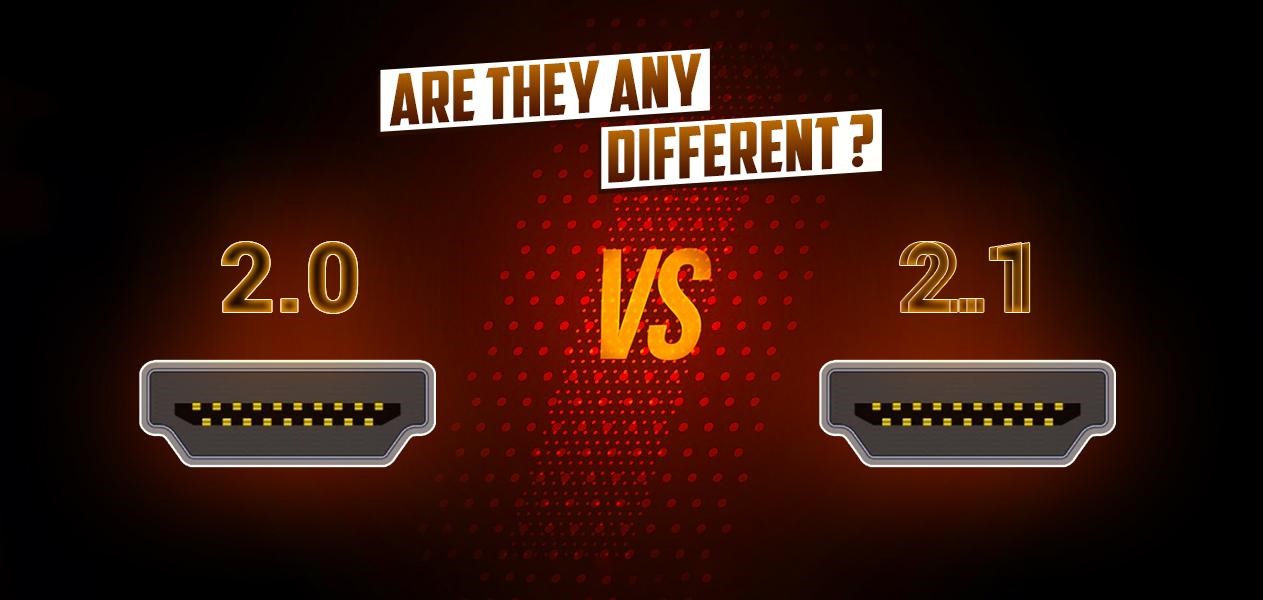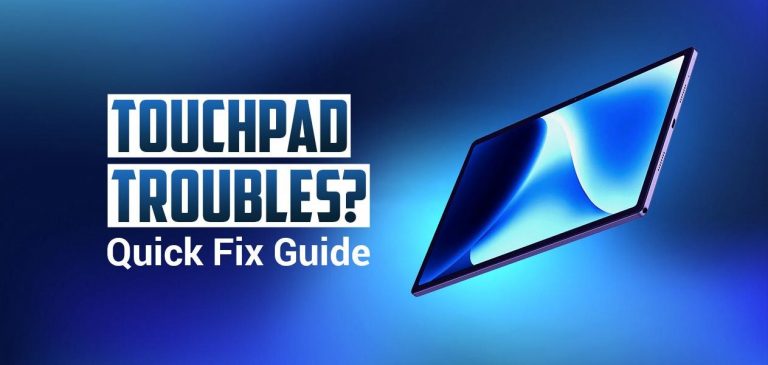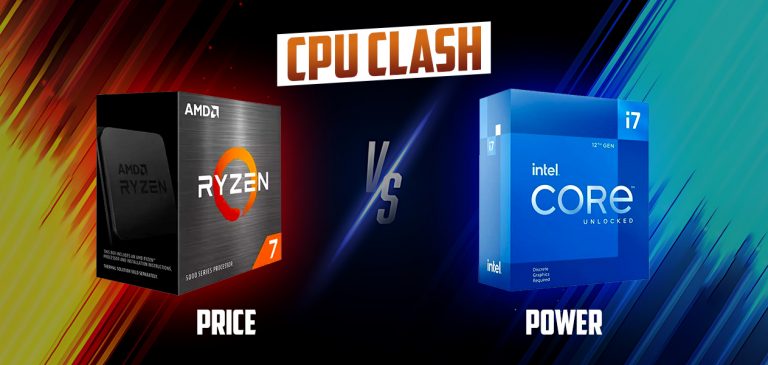DMI 2.0 vs. HDMI 2.1: Which Cable Suits Your Needs Best?
The humble HDMI cable: it’s the silent hero behind your stunning visuals and immersive audio. But with the ever-evolving world of technology, choosing the right HDMI standard can be tricky. Enter HDMI 2.0 and HDMI 2.1, two contenders vying for a spot in your home theatre setup. Let’s unravel the key differences between HDMI 2.0 vs 2.1 to help you pick the perfect cable for a smooth, future-proof experience.
Unveiling the Bandwidth Boost: HDMI 2.1 vs. 2.0
The key differentiator when it comes to HDMI 2.1 vs 2.0 lies in their bandwidth capacity, the amount of data they can transmit per second. HDMI 2.0 maxes out at 18 Gbps (gigabits per second), which is sufficient for handling 4K resolution at 60 frames per second (fps). However, HDMI 2.1 takes a massive leap forward with a bandwidth of 48 Gbps.
This seemingly technical difference translates into significant real-world benefits, especially for high-resolution displays and demanding applications like high-frame-rate gaming and 8K video. With nearly triple the bandwidth, HDMI 2.1 opens the door to smoother visuals, richer details, and a whole new level of immersion in your entertainment experience.
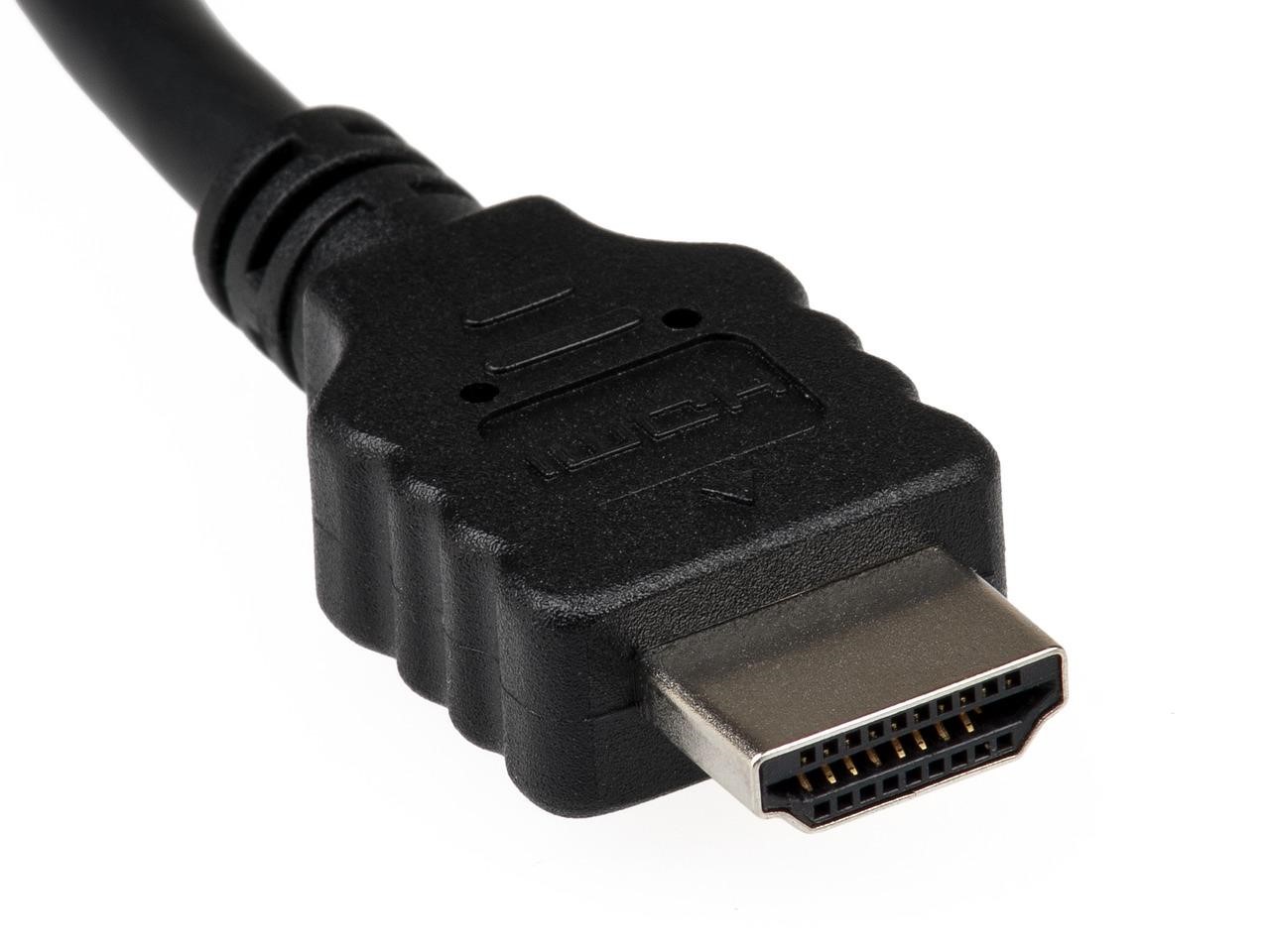
High-Frame Rate Gaming: The Realm of HDMI 2.1
Calling all gamers! Test the true capability of your gaming experience with HDMI 2.1. This advanced standard unlocks the door to high-framerate (HFR) gaming, a game-changer for competitive and immersive experiences. Unlike HDMI 2.0, which only offers 4K resolution at 60 frames per second (fps), HDMI 2.1 lets you experience silky smooth visuals at resolutions like a stunning 4K 120Hz or even an eye-popping 8K 60Hz.
This translates to far sharper visuals with less motion blur, allowing you to react quicker and gain a competitive edge. Imagine spotting enemies with razor-sharp clarity or taking in the breathtaking detail of your game world at unprecedented smoothness; that’s the power of HDMI 2.0 vs. 2.1. Prepare to be amazed by the sheer responsiveness and visual fidelity that HFR gaming delivers.
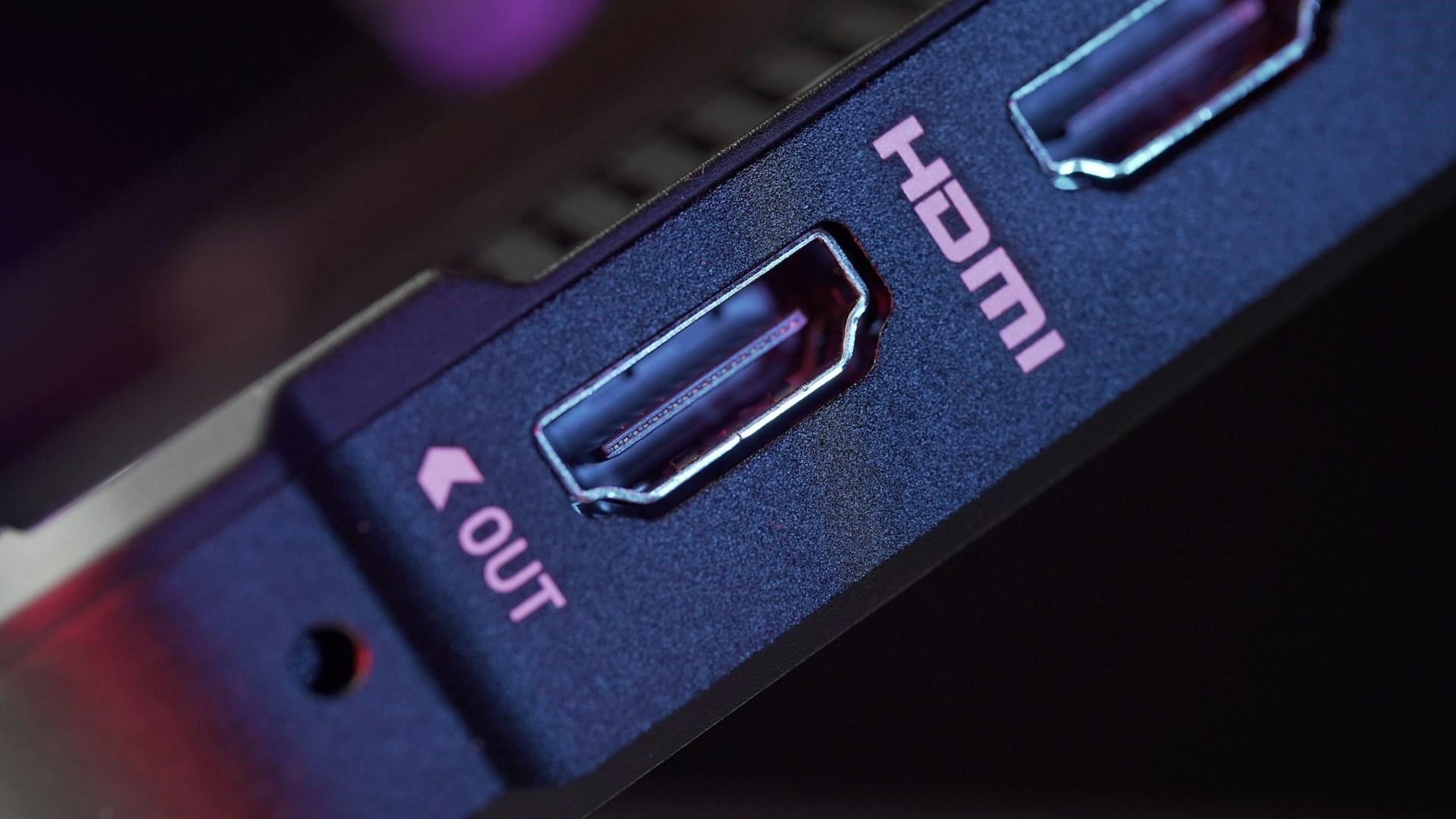
Your Entertainment: The Allure of HDMI 2.1
Are you planning to keep up with the ever-evolving dynamics of home entertainment? Look no further than HDMI 2.1. With its massive leap in bandwidth compared to HDMI 2.0, HDMI 2.1 is the clear champion for future-proofing your setup. The superior 48 Gbps bandwidth of HDMI 2.1 easily handles the demands of cutting-edge technologies on the horizon, such as mind-blowing 10K resolution displays and even more immersive enhanced HDR formats.
This means you can invest in a high-quality 8K TV today, knowing your cable will seamlessly support it for years to come. While there’s no physical way to tell HDMI 2.0 vs 2.1 apart briefly, most reputable HDMI 2.1 cables will be clearly labeled with “HDMI 2.1” or “Ultra High-Speed HDMI” on the packaging or the cable itself. By choosing HDMI 2.1, you’re making a smart investment that safeguards your entertainment experience for the long haul.
HDMI 2.0: Universal Compatibility for Mind-Anxiety
The brilliance of HDMI 2.0 lies in its broad interoperability. HDMI 2.0 functions well with many modern TVs, game consoles, streaming devices, and laptops. On the other hand, HDMI 2.1 needs specialized support from your display and source device. You may enjoy amazing visual quality at resolutions up to 4K 60Hz by connecting practically any modern device with an HDMI connector, which translates to peace of mind.
While there are many exciting future possibilities for HDMI 2.1, many users currently greatly benefit from HDMI 2.0’s plug-and-play compatibility and triple-output port. Although upgrading to an HDMI 2.1 connection could seem alluring, remember that doing so won’t make everything work like magic.
How to Tell HDMI 2.0 vs. 2.1: A Visual Guide
The good news is differentiating HDMI 2.0 from HDMI 2.1 cables doesn’t require an eagle eye. Unlike some technologies, there’s no glaring physical difference between the two. However, that doesn’t mean you’re left guessing entirely. Look for clues on the cable itself or the packaging.
Most reputable manufacturers will clearly label their high-quality HDMI 2.0 cables with HDMI 2.1 or Ultra High-Speed HDMI. If such markings are absent, assuming you’re dealing with an HDMI 2.0 cable is safe. Remember, while the cable itself might not shout its version from the rooftops, a little detective work on the packaging or cable branding will reveal the truth.
Deciding Between HDMI 2.0 vs. 2.1: Prioritize Your Needs
The ultimate choice between HDMI 2.0 and 2.1 hinges on your entertainment needs and budget. If you are a casual viewer who wishes to stream your favorite shows and movies in unmatchable 4K resolution at 60 frames per second (fps), then HDMI 2.0 remains a solid and cost-effective option for you. It delivers exceptional picture quality for most everyday uses.
However, for those craving the smoothest possible gaming experience with high-framerate (HFR) capabilities or who want to futureproof their setups for tomorrow’s technological advancements, HDMI 2.1 emerges as the undisputed champion. You can make a smart decision that maximizes your enjoyment by being aware of your viewing preferences and setting priorities.
The Final Verdict: Choosing the Right HDMI Cable for You
Both HDMI 2.0 and HDMI 2.1 have their strengths. HDMI 2.0 remains a fantastic choice for those seeking excellent picture quality at up to 4K 60Hz. Because of its broad compatibility, connecting to the majority of current devices is hassle-free. On the other hand, HDMI 2.1 unlocks the door to the future of entertainment. The higher bandwidth not only offers high-frame-rate gaming but also allows you to run demanding applications, making your system ready for the future.
The best choice for you depends on your needs. If you prioritize affordability and compatibility, HDMI 2.0 is a reliable option. But for those seeking the ultimate in performance and future-proofing, HDMI 2.1 is a worthwhile investment. No matter your choice, understanding the differences between HDMI 2.0 vs. 2.1 gives you the power to decide wisely and improve your at-home entertainment experience.
